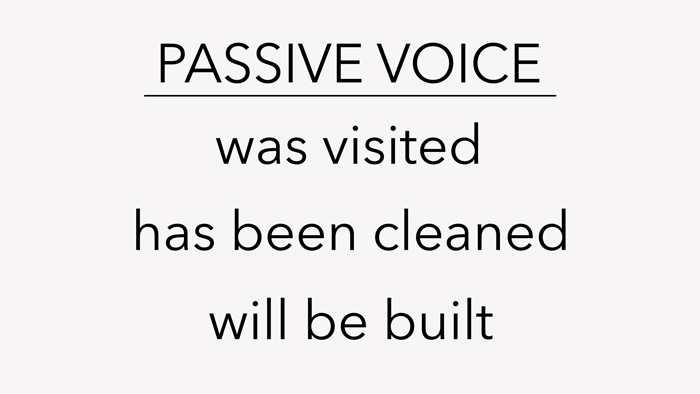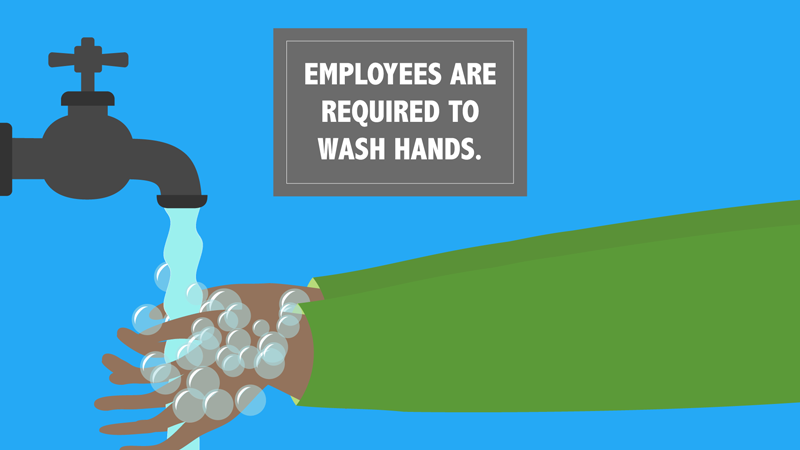Writing Skills -
Active vs. Passive Voice in Your Writing

Writing Skills
Active vs. Passive Voice in Your Writing


/en/writing-skills/how-to-write-an-effective-business-email/content/
Have you ever noticed how some parts of your writing seem to pop, while other parts don't? You can improve those dull sentences if you take a moment to consider the active and passive voices.
Learn more about the differences between active and passive voice in the video below.
There are two voices in writing: Active and passive. In the active voice, the subject of a sentence acts, like "Neil Armstrong walked on the moon." The active voice is direct, clear, and easy to read.

With the passive voice, the subject is acted upon, like "The moon was walked on by Neil Armstrong". Although the passive voice is still grammatically correct, it typically doesn't carry the same energy or clarity as the active voice. Its structure can feel clumsy and unnatural, which makes your writing harder to read. It also tends to use more words than the active voice. Over the course of a document, all those extra words can make your writing drag.
Overall, we recommend using the active voice more often than the passive. This will help keep your writing snappy and efficient.

Here's how to spot the passive voice:
First, look for a phrase like "was visited", "has been cleaned", or "will be built". Each one contains a "to be" verb, like "was", "has been", or "will be".
That phrase is followed by an action that's already happened, like "visited", "cleaned", or "built". Finally, the person or thing doing the action comes last, if they're mentioned at all.
If you see these parts together, there's a good chance the sentence is in passive voice.

Let's change a sentence from passive into active voice.
Our sentence is, "The money was tossed into the air by Jacob". "Jacob" is our subject, and "tossed" is the verb. Move Jacob to the beginning of the sentence, cut out any unnecessary words, and rearrange a few others. Our passive example is now, "Jacob tossed the money into the air". The delivery is more brief, clear, and more immediate.

Although active voice is incredibly useful, the passive voice is occasionally the better choice. For instance, you may go passive if the actor of a sentence is unknown or irrelevant, like in the sentence, "The amendments will be approved after a discussion". In this case, we're interested in the amendments' approval, not who approved them.

Passive voice is also great for creating an authoritative tone, like on a sign requiring employees to wash their hands. It doesn't matter who requires employees to wash up; they just need to do it!

You may also want to go passive when you don't know who is responsible for the action, like in this example: "The mystery was never solved."
The voice you use can make a big difference in your writing. The active voice will often add pep and clarity, but occasionally the passive voice will be your best option. Take some time to choose the voice that fits best, and your writing will almost certainly grow stronger.